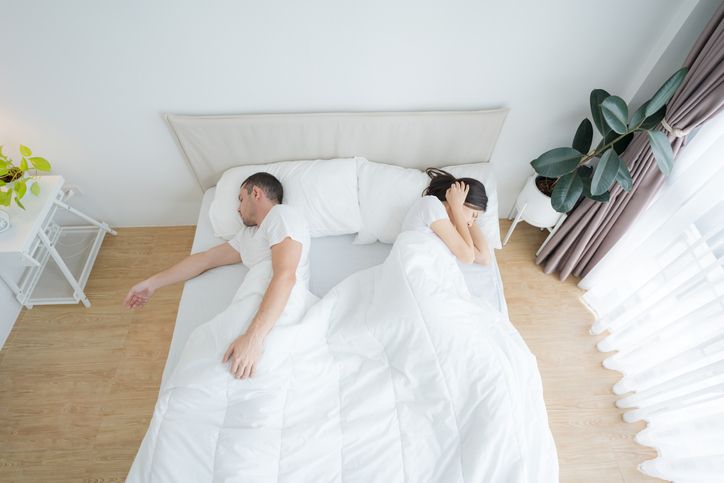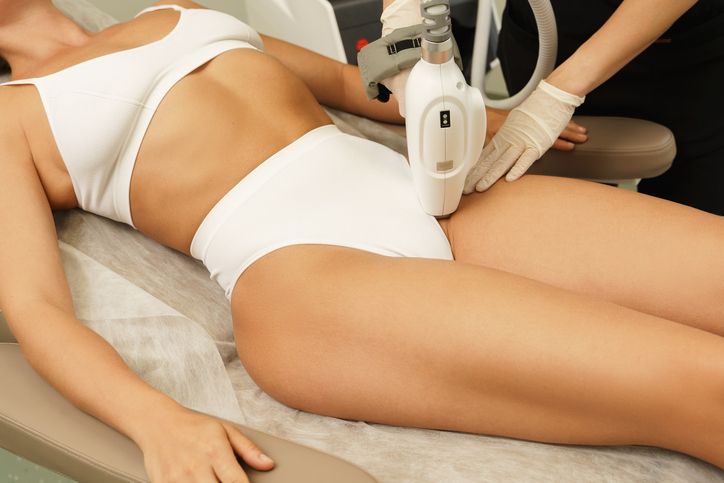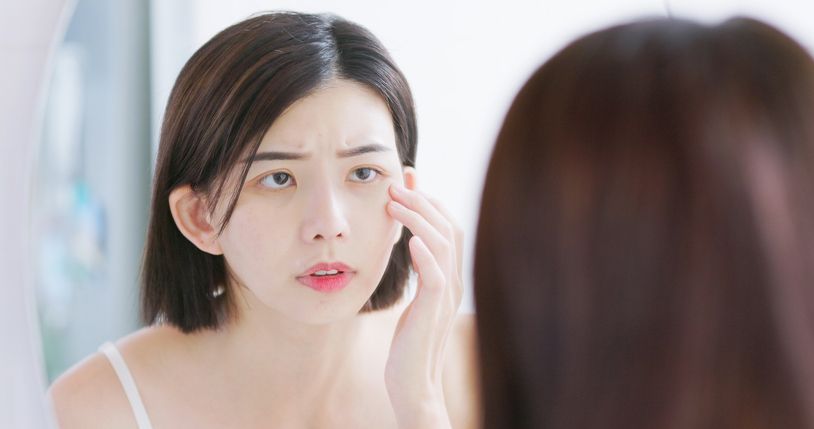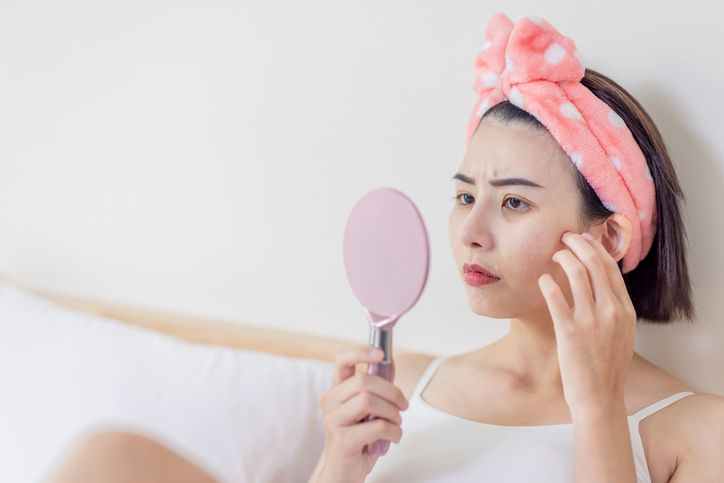- Home
- Trend
- Weight Loss Strategies
- Acne Tips
- Hair Health Information
- Blemish Removal Tips
- Acne Scar Removal Tips
- Muscle Building Techniques
- Intimate Care Tips
- Postpartum Intimate Care
- Eye Bags Wiki
- Tips for Face Slimming
- Secret of Permanent Hair Removal
- Breast Enlargement Tips
- Cure to Snoring
- Marionette Lines
- Skin-Tightening Secrets
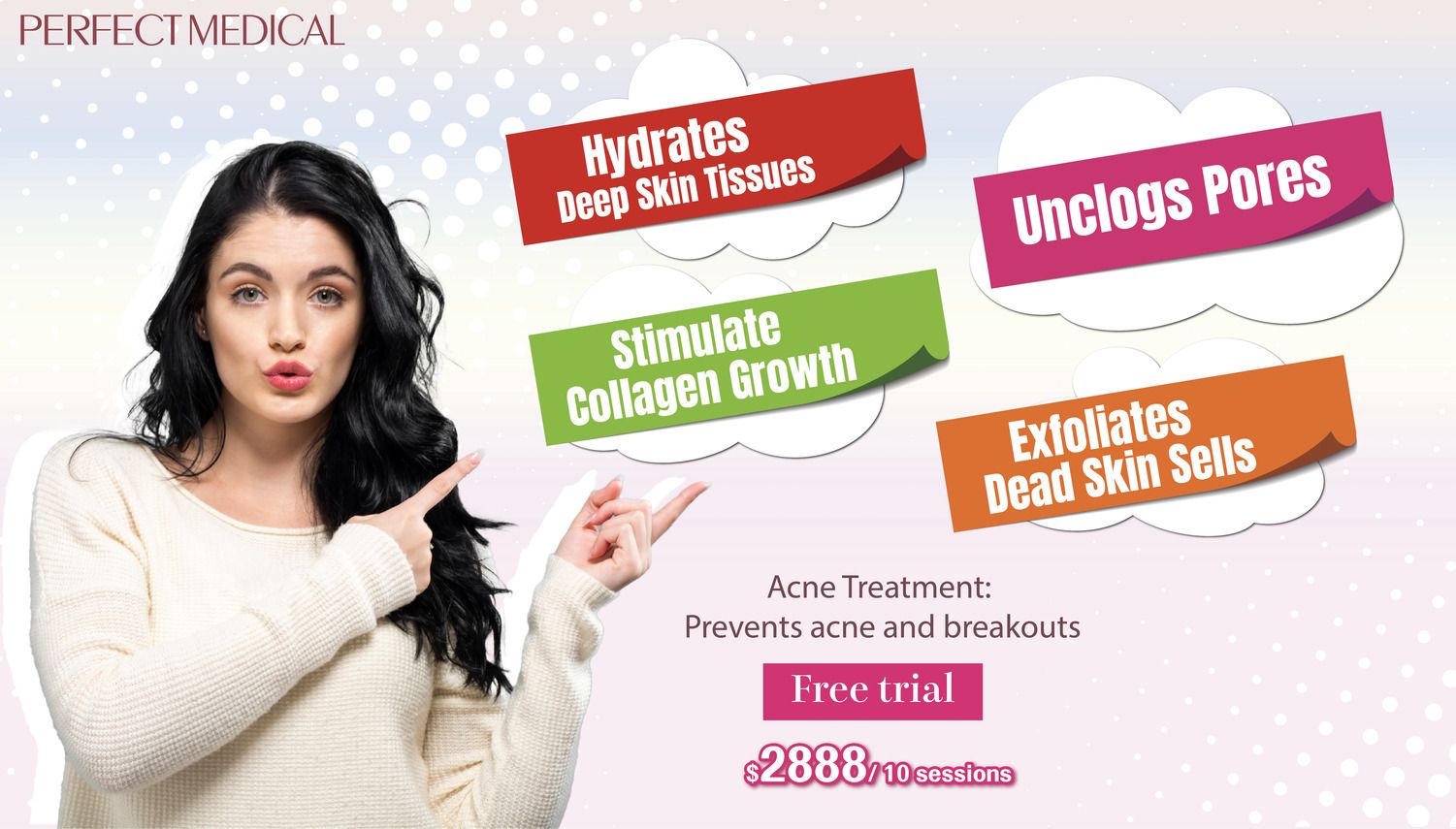
免費體驗
Acne Treatment
1 Minute Self-Registration
Date should not be before minimal date
If you have acne-prone skin, you know how frustrating it is to wake up with a big red pimple on your face. You know, the kind that makes you want to hide under a blanket and stop everything. The kind that makes you wonder if you're still growing up or if you're just cursed. The kind that makes you wish you had a magic wand to make it go away. We don't have a magic wand, but the market says acne patches are the next best thing. These small stickers are made to cover your pimples and help them heal overnight. They won't dry out your skin or leave scars. In this piece, you'll learn everything you need to know about acne patches, including how they work and if they're good enough to get rid of our worries.
1
What Defines an Acne Patch?
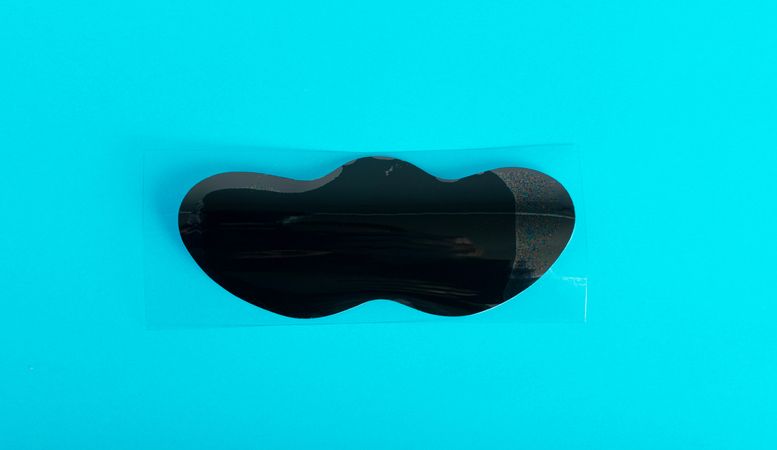
Pimples patches are small stickers that can help heal acne faster and prevent scarring. They are made of hydrocolloid, a material that absorbs fluids from pimples and creates a protective seal over the skin. Some pimple patches also contain active ingredients that can soothe and fight acne, such as salicylic acid, cica extracts, or microneedles. Pimples patches come in different sizes and shapes to suit different types of acne and areas of the face. They work best on open, draining, or healing pimples, and are not a long-term solution for cystic acne or skin infections. To use pimple patches, you need to cleanse your skin first and apply the patch on the affected area. You can leave it on for a few hours or overnight, depending on the instructions. You will know the patch is working when it turns white and expands. You can then peel it off gently and dispose of it properly.
There are different types of acne patch available in the market, depending on the type and severity of acne. Some acne patches are transparent and thin, suitable for daytime use and blending in with the skin tone, whereas some other acne patches are thicker and more visible, ideal for overnight use and providing more protection. Some acne patches contain active ingredients, such as salicylic acid, benzoyl peroxide, tea tree oil, or niacinamide, that can help unclog pores, kill bacteria, or reduce redness. Some acne patches are microneedle patches, which have tiny spikes that penetrate the skin and deliver medication directly to the affected area.
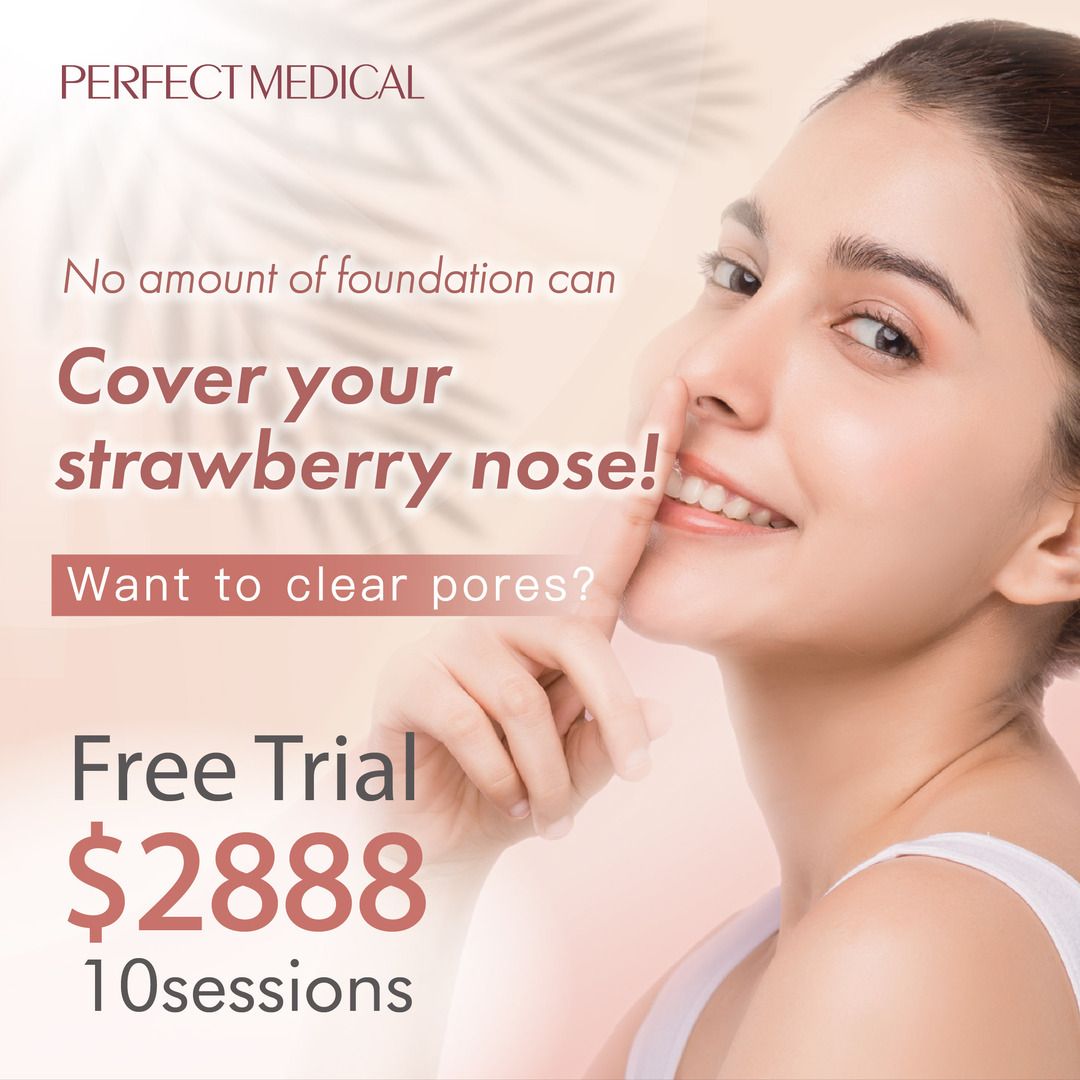
2
Acne Patch and Acid: What is the Relationship Between Them?
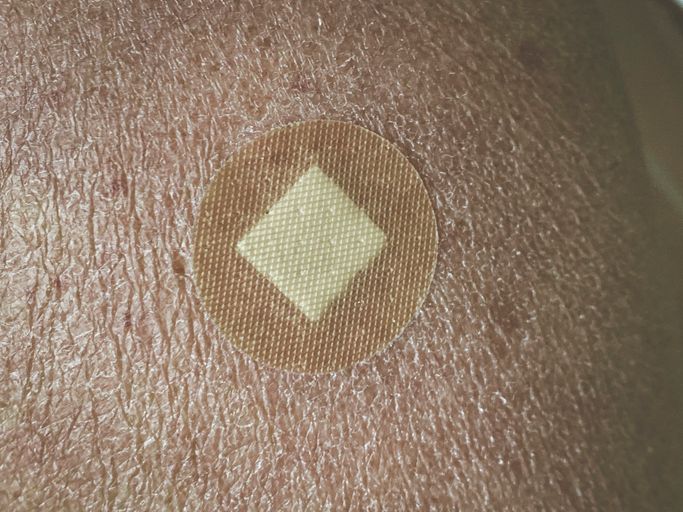
Acne patches are small adhesive stickers that are designed to cover and heal pimples. They work by absorbing excess oil and pus from the inflamed area, creating a moist environment that promotes wound healing. Some acne patches also contain active ingredients such as salicylic acid, benzoyl peroxide, or tea tree oil, which can help reduce inflammation and kill bacteria. Acids, on the other hand, are chemical exfoliants that can help remove dead skin cells and unclog pores. There are different types of acids that can be used for acne treatment, such as alpha hydroxy acids (AHAs), beta hydroxy acids (BHAs), or polyhydroxy acids (PHAs). Acids can also help improve skin texture, tone, and brightness by stimulating collagen production and fading hyperpigmentation. However, acids can also cause irritation, dryness, and sensitivity if used too often or in high concentrations. Therefore, it is important to use them with caution and follow the instructions on the product label. If you have oily skin and acne, you may be wondering if drug-free and fragrance-free acne patches work for you.
3
I Have Sensitive Skin! How About "Natural" Acne Patches?
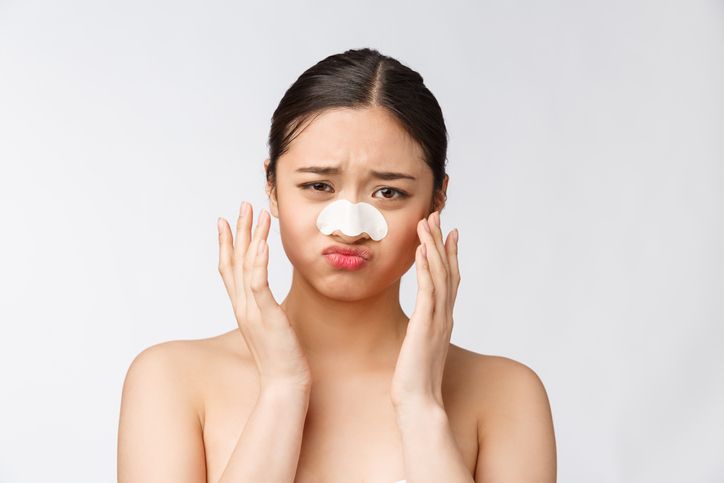
Drug free and fragrance-free acne patches are designed to be gentle on the skin and avoid irritation or allergic reactions. They may also be suitable for people who want to avoid harsh chemicals or artificial fragrances in their skincare products. However, they may not be effective for all types of acne or oily skin.
Acne patches work best for mild to moderate acne, especially whiteheads and blackheads. They can help reduce the size, redness, and pain of a pimple, as well as prevent scarring and infection. They can also prevent you from picking or popping your pimples, which can worsen your acne and damage your skin.
However, acne patches may not work for severe or cystic acne, which are deep, inflamed bumps that form under the skin. These types of acne require medical treatment and may not respond to topical products. Acne patches may also not work for oily skin that is prone to clogged pores and excess sebum production. You may need to use other products that cleanse, exfoliate, and balance your skin's oil level, such as salicylic acid, benzoyl peroxide, or retinoids.
Therefore, drug-free and fragrance-free acne patches may work for some people with oily skin and acne, but not for others. It depends on the type and severity of your acne, as well as your skin's sensitivity and preferences. You may want to consult a dermatologist before using acne patches or any other skincare product to find out what works best for you.
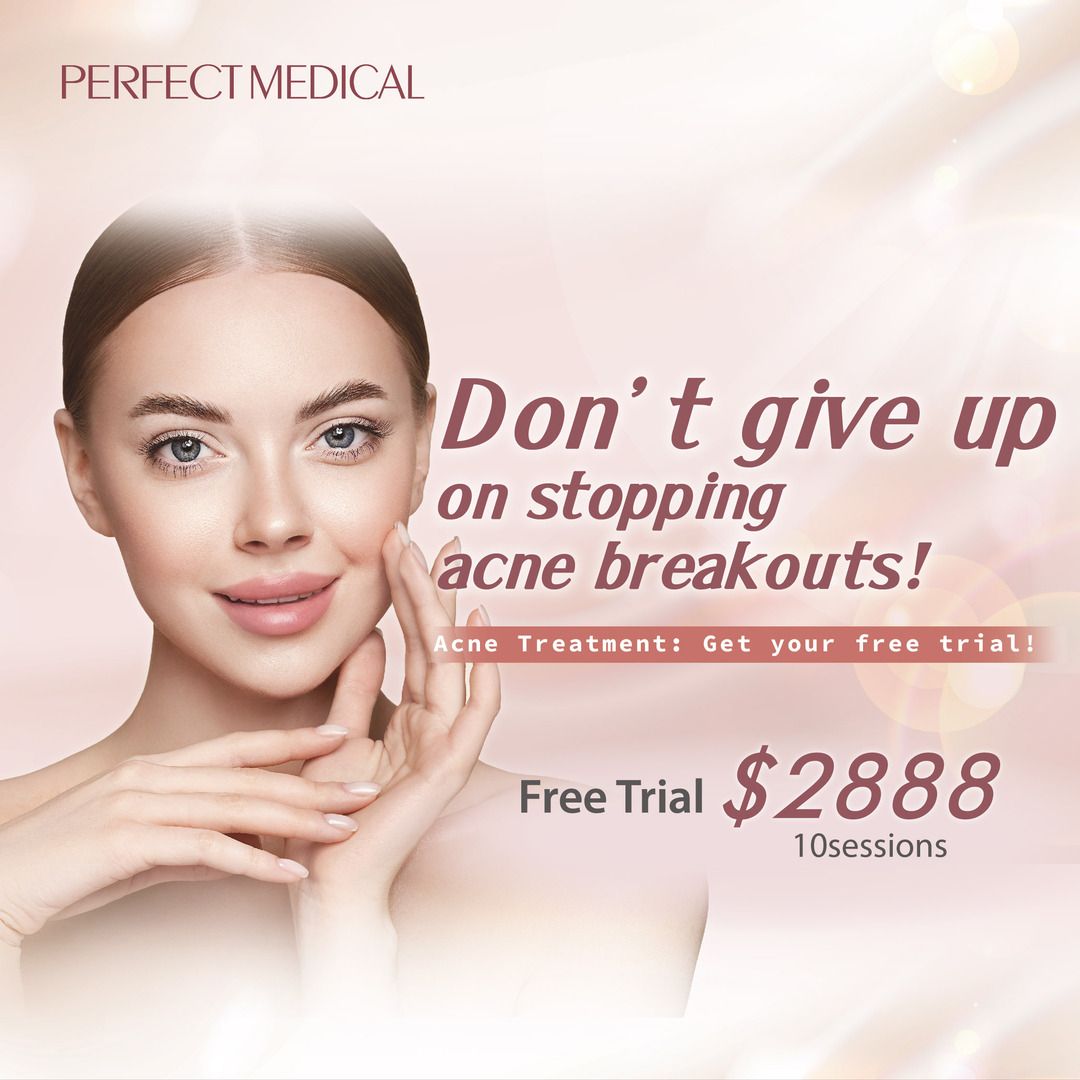
4
Who Shall Not Use Pimple Patches?
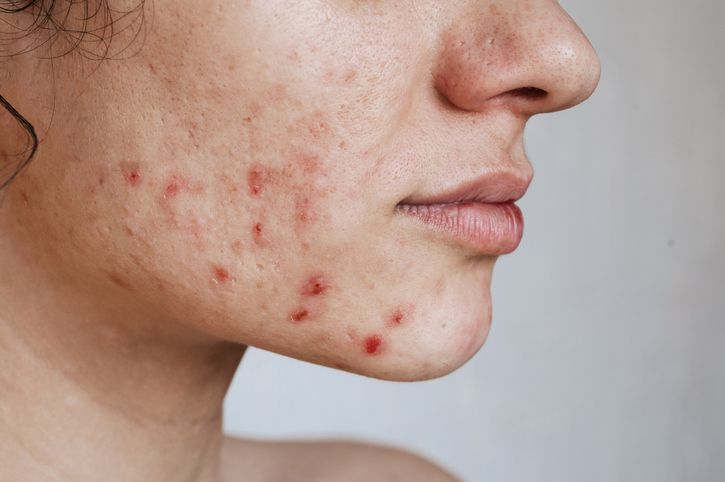
If you have skin that is less ideal than a normal skin type, you may have some questions about how to take care of it and whether you can use acne patches that have active ingredients. Here are a few types of people who should avoid using pimple patch on a regular basis.
People who are allergic to the patch material or adhesive.
Some people may experience itching, redness, swelling, or irritation from the patch or its glue. If you have sensitive skin or a history of contact dermatitis, you may want to do a patch test before using an acne patch on your face.
People who have severe or cystic acne.
Pimple patches are best for mild to moderate acne, especially whiteheads and blackheads. They are not designed to treat deep, inflamed, or painful nodules or cysts that may require oral medication or professional care.
People who have open wounds or infections.
Pimple patches should not be applied on broken skin or infected areas, as they may trap bacteria and worsen the condition. If you have signs of infection, such as pus, fever, or swelling, you should see a doctor as soon as possible.
People who use topical medications or products that may interfere with the patch.
Some ingredients, such as benzoyl peroxide, salicylic acid, retinoids, or alcohol, may reduce the effectiveness of the patch or cause irritation or dryness. You should avoid using these products in the same area where you apply the acne patch, or wait at least an hour after removing the patch before applying them.
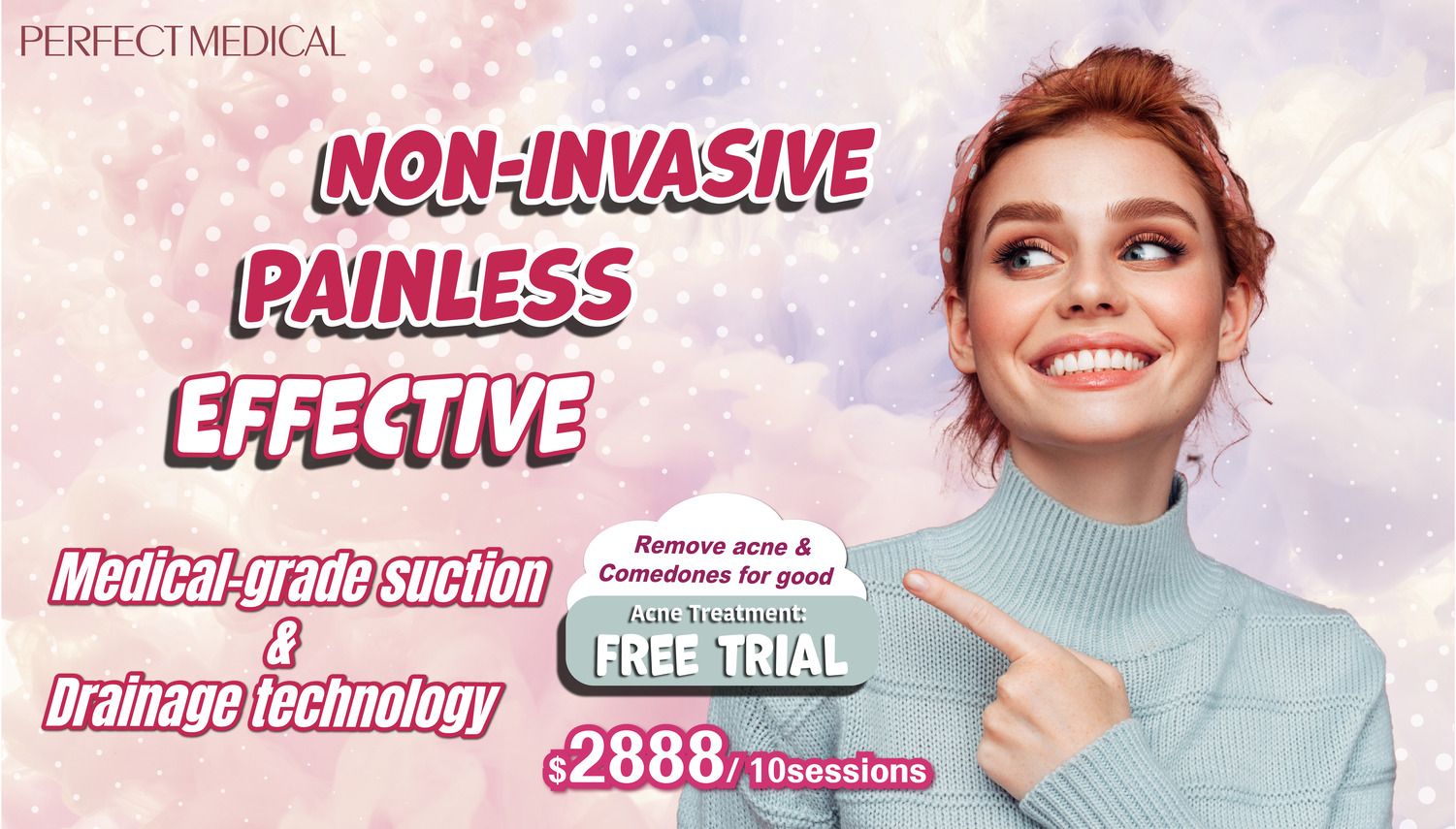
免費體驗
Acne Treatment
1 Minute Self-Registration
Date should not be before minimal date
5
Tips to Have a Blemish-Free Face without Acne Patch
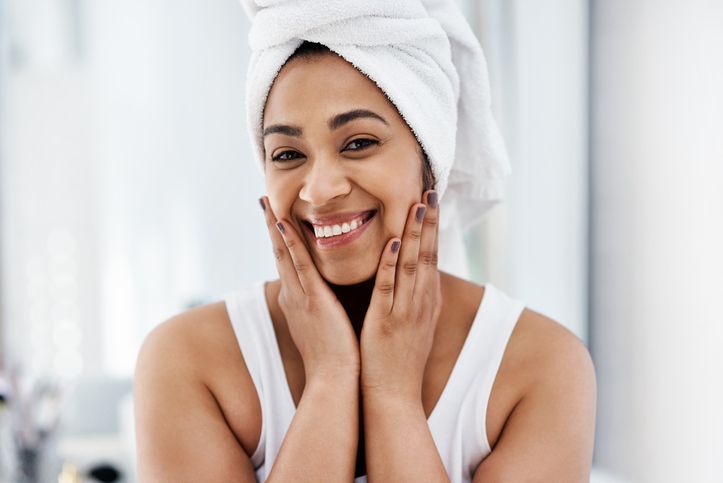
Acne patch is not the only option for treating acne. There are other alternatives that can also help improve the skin condition, such as cleansers, toners, moisturisers, masks, spot treatments, oral medications, or professional treatments. The choice of treatment depends on the individual's skin type, acne type, budget, and preference. However, some general tips for preventing and treating acne are:
- Wash your face twice a day with a gentle cleanser and warm water. - Avoid scrubbing, popping, or picking at your acne, as this can worsen the inflammation and cause scarring. - Use oil-free and non-comedogenic products that won't clog your pores. - Apply sunscreen every day to protect your skin from UV damage. - Change your pillowcase regularly and avoid touching your face with dirty hands or objects. - Drink plenty of water and eat a balanced diet rich in fruits, vegetables, whole grains, lean proteins, and healthy fats. - Manage your stress levels and get enough sleep.
As acne is a common skin condition that affects millions of people around the world, it can actually cause physical discomfort, emotional distress, low self-esteem, and social anxiety. Acne can also lead to serious complications, such as infections, cysts, nodules, or permanent scars. Therefore, it is important to treat acne as soon as possible and seek professional help if needed. Acne patch is one of the many options that can help you achieve clearer and healthier skin.
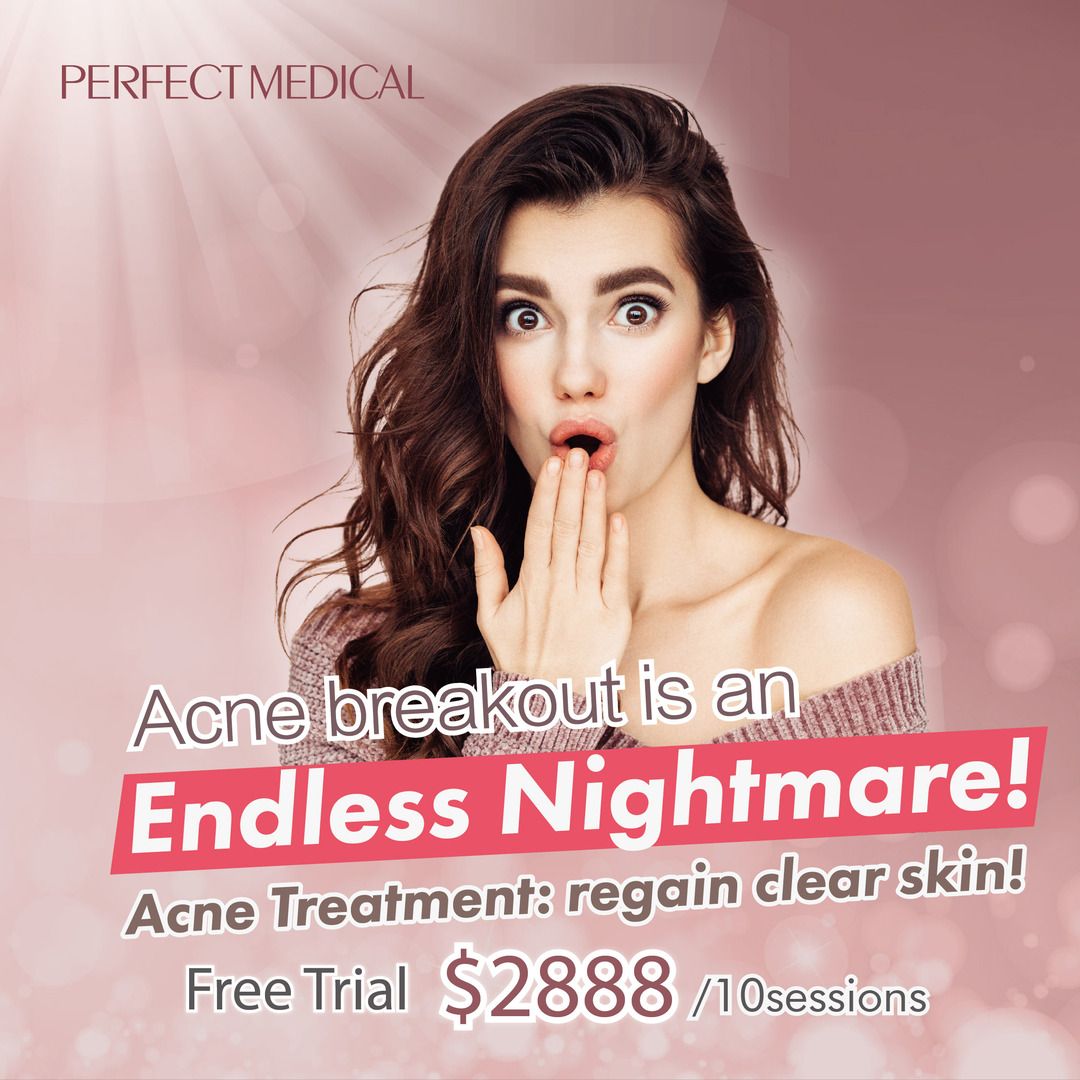
6
Let Perfect Medical Help You To Get Rid of Acne Blemishes Without Patches

To completely say goodbye to acne and clogged pores, you will need more than a pimple patch to get them resolved. Thankfully, Acne Treatment got that right. The twin spiral suction/drainage tip is used to start this microdermabrasion treatment and deep cleaning process. Exfoliation is a way to get rid of dead skin cells, oil, and dirt that have gotten stuck in the pores and on the skin's surface. If the toxins are taken away, the inflammation and infection caused by acne should slowly go away.
The moisturising serum is poured into the unclogged skin to balance the amount of oil to water, stop the oil glands from making too much oil in the future, and help collagen grow. This leads to fewer new spots, less painful acne, and smoother skin, not to mention it helps reduce the look of blackheads and acne by keeping the skin moist, helping it make more collagen, and making it produce less sebum.
The best thing about this is that treating acne doesn't hurt and doesn't have any risks. Most people who have the procedure say it is painless and doesn't involve any cuts, needles, or scars. Try the treatment today to see what it can do for you!
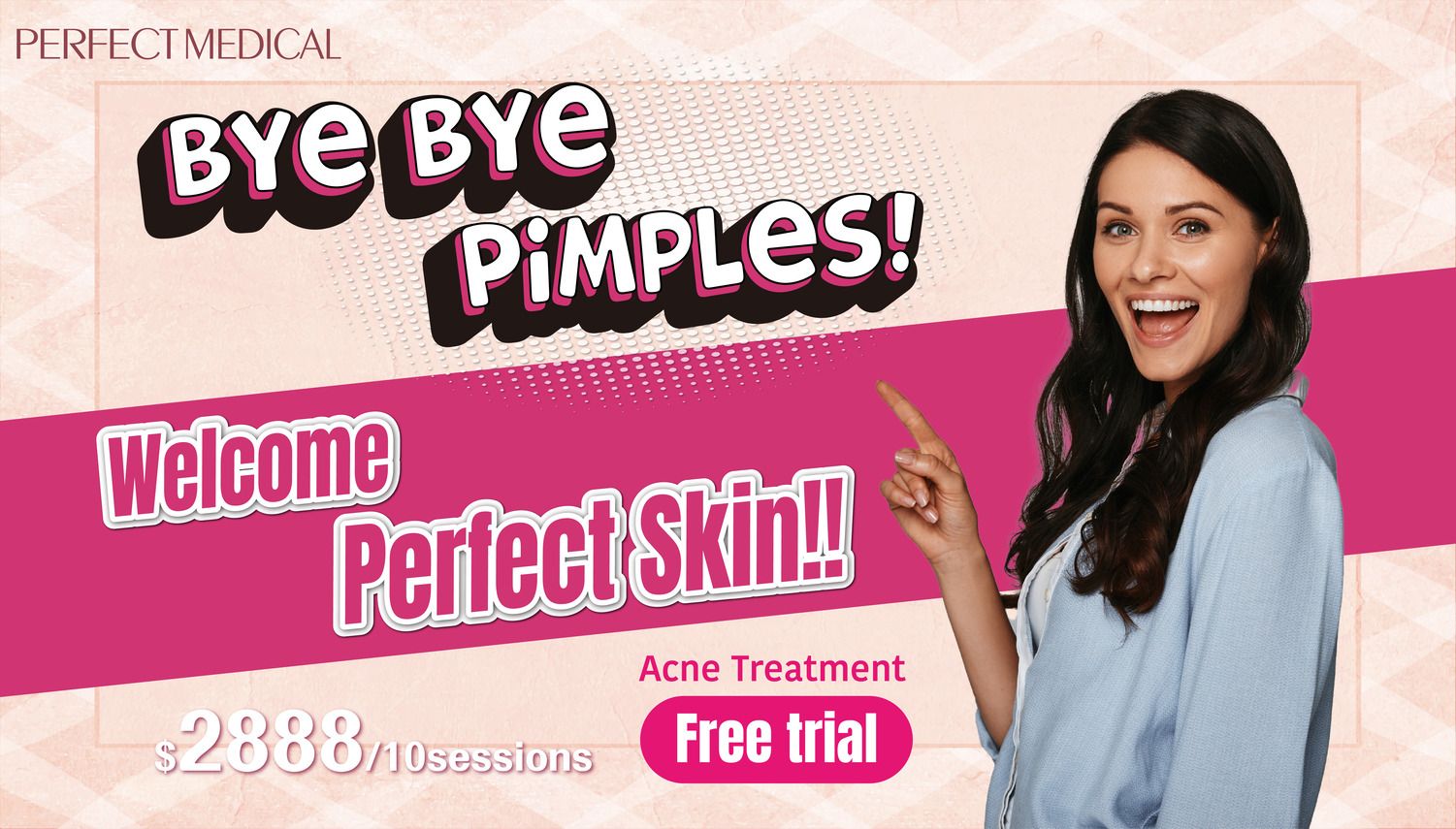
免費體驗
Acne Treatment
1 Minute Self-Registration
Date should not be before minimal date
FAQ

1. What causes oily secretion and how can I control it?
Oily secretion, also known as sebum, is produced by the sebaceous glands in your skin. Sebum helps to moisturise and protect your skin from bacteria and environmental damage. However, when there is too much sebum, it can clog your pores and cause acne. Some factors that can increase sebum production are hormones, genetics, stress, diet, and climate. To control oily secretion, you can use gentle cleansers that remove excess oil without stripping your skin of its natural moisture. You can also use oil-free moisturisers and sunscreens that hydrate your skin without making it greasy. Additionally, you can use blotting papers or mattifying powders to absorb excess oil throughout the day.
2. What are hydrocolloid patches and how do they work?
Hydrocolloid patches are thin, transparent stickers that you can apply over pimples to speed up their healing. They are made of a material that absorbs fluid and pus from the pimple, creating a moist environment that prevents scarring and infection. Hydrocolloid patches also protect the pimple from external irritants and prevent you from picking or popping it. To use hydrocolloid patches, you should first cleanse your skin and dry it well. Then, peel off a patch that fits the size of your pimple and press it firmly over it. You can leave the patch on for several hours or overnight, until it turns white or cloudy. Then, gently peel off the patch and discard it.
3. How can I tell if I have sensitive skin and what products should I avoid?
Sensitive skin is a condition that causes your skin to react easily to certain products or environmental factors, such as harsh chemicals, fragrances, dyes, alcohol, sun exposure, or temperature changes. Some signs of sensitive skin are redness, itching, burning, stinging, dryness, or breakouts. If you have sensitive skin, you should avoid products that contain potential irritants or allergens, such as sulphates, parabens, phthalates, synthetic fragrances, or essential oils. You should also do a patch test before using any new product on your face. To do a patch test, apply a small amount of the product on your inner arm or behind your ear and wait for 24 hours to see if there is any reaction.
4. What are cystic pimples and how can I treat them?
Cystic pimples are a type of acne that form deep under the skin when bacteria, oil, and dead skin cells get trapped in the pores. They are large, red, painful bumps that can last for weeks or months and leave scars behind. Cystic pimples are usually caused by hormonal fluctuations, such as during puberty, menstruation, pregnancy, or menopause. To treat cystic pimples, you should not squeeze or pop them as this can worsen the inflammation and infection. Instead, you should apply a warm compress to the affected area to reduce swelling and pain. You can also use topical products that contain acne fighting ingredients such as benzoyl peroxide, salicylic acid, or retinoids. However, these products may be too harsh for some people with sensitive skin. In that case, you may want to consult a dermatologist for prescription medications or procedures.
5. What are some of the best acne fighting ingredients and how do they work?
There are many ingredients that can help to prevent or treat acne by killing bacteria, unclogging pores, reducing inflammation, or regulating sebum production. Some of the most common and effective ones are: - Benzoyl peroxide: This ingredient kills acne-causing bacteria and reduces inflammation. It can also help to remove excess oil and dead skin cells from the pores. However, it can cause dryness, irritation, or bleaching of fabrics if used too frequently or in high concentrations. - Salicylic acid: This ingredient exfoliates the skin and dissolves the glue-like substance that holds dead skin cells together in the pores. It can also help to reduce redness and swelling of pimples. However, it can cause dryness or peeling if used too often or in high doses. - Retinoids: These are derivatives of vitamin A that increase cell turnover and prevent clogged pores. They can also help to fade acne scars and improve skin texture and tone.






